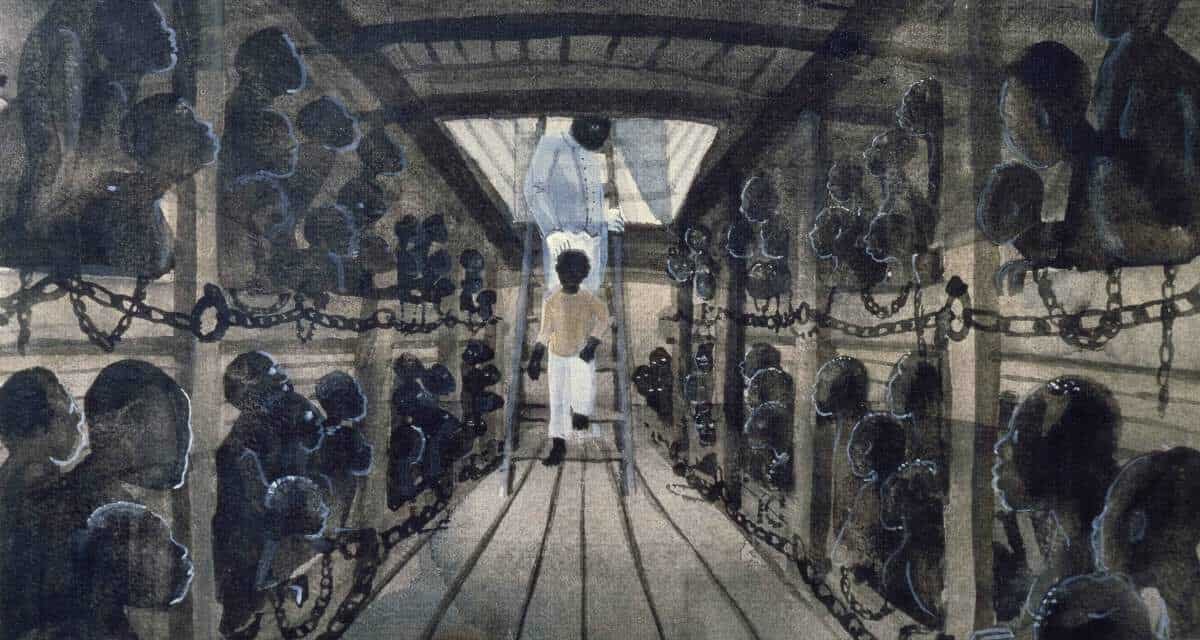


As described by slave ship physician James Lind, "the dry provisions, oat-meal, peas, and flour, are apt to be corrupted and spoiled by weevils, maggots, and by growing damp and mouldy." With slaves being forced to consume these foods and not receiving any necessary vitamins found in fresh fruits and vegetables, captives began very weak and ill.

Such an extensive journey paired with an unsanitary environment often led to food rotting or being consumed by maggots, rats, and other vermin. Beans were often mixed with additional ingredients to change up the meals, with certain examples including “slaubersauce” (rice and beans mixed with palm oil, flour, water, and pepper) and a horse-bean paste stuffed with rotten herring and served with palm oil, salt, and pepper. The high salt concentration in the meat, which was used as a preservative to keep the meat from spoiling, led to increases in dehydration amongst slaves, as the concentration was a major increase from what their bodies were used to. 1 / 13 The Spanish, English, Dutch, and French Click the card to flip Flashcards Learn Test Match Created by Quipple 1. Salted meats, such as beef, pork, chicken, and salt-fish, as well as beans served as the protein sources for slave diets. While bread was occasionally served, it actually had negative impacts on health of the captives, as the consumption could lead to internal blockages that would inhibit a person’s ability to expel waste, leaving certain toxins stuck in the body. Carbohydrates included cassava, grains, Indian corn, barley, shelled peas, rice, and yams. The diets of the captives were usually composed of carbohydrates and proteins. With the high temperatures aboard, changing weather patterns, overcrowding, and high possibility of food rotting due to the unsanitary holding conditions, having fresh fruits and vegetables onboard was nearly impossible, and such an omission led to further deprivation of various vital nutrients slaves needed to survive and stay healthy. For instance, in 1788 the commander of the ship Juba negotiated in Old Calabar for “brandy, palm oil, pepper, lime juice, goat, dryed fish” to include in slave diets. However, slave ship captains would sometimes trade with merchants and farmers on the African coast for less common goods. Food supplies typically came from England & coastal Africa, with primary foods including beef, pork, biscuits, oatmeal, bread, and stockfish. With the journey being so tedious and unpredictable, captains took measures to acquire food supplies that were as nonperishable, easily storable, and affordable as possible to accommodate for the number of slaves forced onto the ship. Ships used during the Middle Passage were. Oceanic journeys across the Atlantic lasted about one to three months, with the length depending on weather, final destination, and ship technology at the captain’s disposal. Which of the following events during the 1600s and 1700s led to the development of slavery in the Caribbean French, English, and Dutch traders joined Spanish traders in the West Indies.


 0 kommentar(er)
0 kommentar(er)
